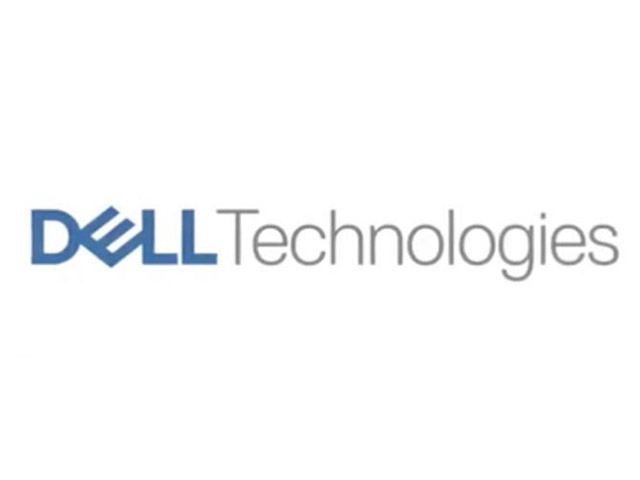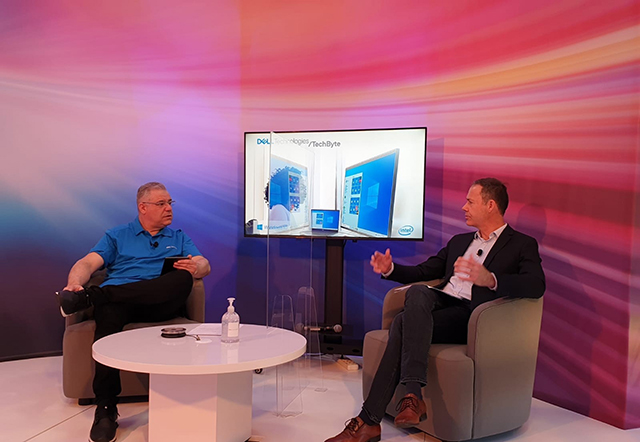Remote Working Series: Dell Technologies TechByte unpacks remote working practicalities
By Ryan Noik 3 July 2020 | Categories: feature articles
Dell Technology’s most recent TechByte virtual event not only explored the role that remote working is playing in these unprecedented times. It also highlighted why being able to support a remote workforce is no longer a luxury, but a necessity.
The event, hosted by Aki Anastasiou, featured insight from Brad Pulford, senior director for channel at Dell Technologies, Chris Buchanan, director of end user computing at Dell Technologies and a keynote address from futurist Ryan Hogarth.
Making remote working a reality
The pandemic has accelerated the decades-old conversation around remote working. It is no longer an interesting discussion, it is now an essential part of doing business today. “More than ever, deploying workspace capabilities with speed and efficiency is what is required in order to drive business continuity,” he stresses.
To that end the company enables organisations to pre-configure an employee’s device from the cloud, and deliver it to their household, with access to all the applications and data they need to begin working immediately.
Pulford explains that while the rapid acceleration in the growth of remote workforces has placed a strain on networks, Dell Technologies has addressed potential bottlenecks by giving its customers access to clouds, software-as-a-service applications and private data centres using its SD-WAN solution. This ensures employees can work from home without network-related interruptions on their productivity.

24-hour assistance at hand
Another way that Dell Technologies has responded to the rise of remote workforces is with its artificial intelligence tool, Dell Optimiser. This operates in the background, and continuously learns from users’ work patterns in real time. It then optimises everything from a user’s system performance and responsiveness to their security and battery life. Doing so ensures that remote workers have a seamless and highly effective experience when working from home.
A key insight from the TechByte session was that, at the heart of any genuine effort to transform, is the need to create a frictionless business. Considering that it is technology that has removed friction from our lives, organisations need to understand where the difficulties lie in their business for their workforce as well as their customers. Then they can determine how to best use the technology available through Dell Technologies and its extensive partner network.
Furthermore, organisations need to consider how to empower their remote workforce, particularly as the number of online meetings has skyrocketed in the past few months. Microsoft Teams for example currently has 75 million daily active users and 200 million daily participants.
Practical tips
There are several actions that organisations can take to make remote working more comfortable for their workers. Providing a second screen, a comfortable ergonomic chair and improved sound from a quality headset all help streamline the remote worker’s experience.
He adds that even though we are working harder, that does not automatically mean we are being more productive. As well, remote working presents a challenge in terms of getting one’s message across to a team with the same ease as being in the same room,”.
This can be addressed to an extent, by using applications like virtual whiteboards, where each member of a team can add notes, brainstorm, and work together on a single document in real time.
“These are the kinds of applications that companies would benefit from leveraging to a greater extent as remote collaboration, and not just having video conferences, becomes more relevant. Even if it requires some training to help employees get to grips with the functionality, the payoff in productivity and team building would make it worthwhile,” he continues.
Security is paramount
“The greatest vulnerability in remote working comes from cybersecurity. “We now have to contend with a fragmented environment, with different people in an organisation dispersed across a variety of locations. IT support is no longer in the same building. At the same time, there are still ‘’bad actors’; cybercriminals that are seeking to steal data and cause havoc. Furthermore, from a cybersecurity point of view, multiple attack vectors that must be contained and malware threats continue to proliferate,” he elaborates.
Thus, it is essential that organisations and their employees do all they can to ensure that sensitive data remains safeguarded, using encryption. Protecting the central network should still rank as an organisation’s highest priority.
Futurist and author Ryan Hogarth explained that there are three certainties of our time - that humanity will survive this pandemic, that the world is going to be different beyond it, and that it is technology that will facilitate a different world.
The crux of the TechByte event was that the way we work has likely changed for good, with there being no going back to the way things used to be. The sooner companies and people adapt to the need to change how they collaborate, and cultivate an effective remote workforce, the better.
Most Read Articles

Have Your Say
What new tech or developments are you most anticipating this year?



